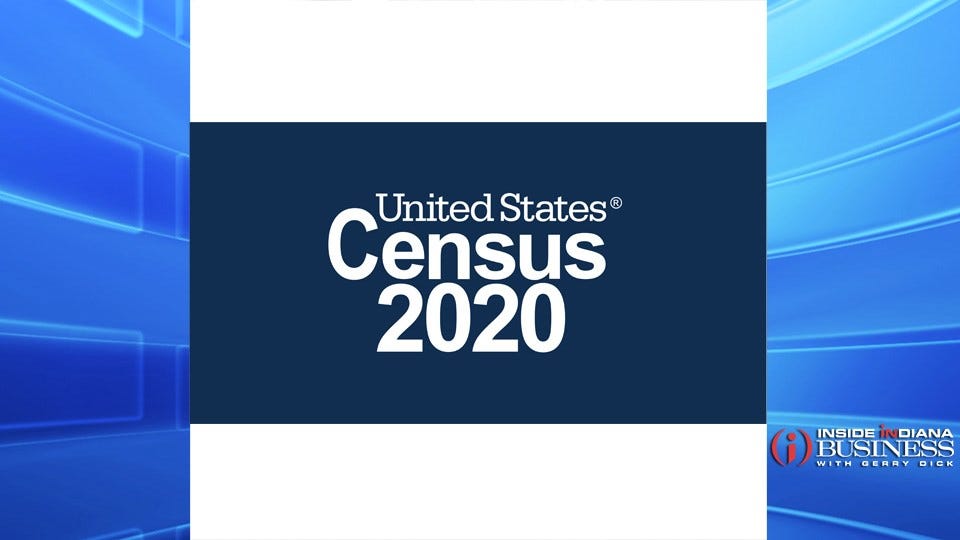Census: Indiana Congressional Delegation Unchanged

Subscriber Benefit
As a subscriber you can listen to articles at work, in the car, or while you work out. Subscribe NowThe U.S. Census Bureau has completed processing the first 2020 Census results. Indiana will remain unchanged with nine seats in the U.S. House of Representatives, based on state population. The Hoosier State is like an isthmus with Illinois, Ohio and Michigan all losing one congressional seat because of declining populations.
The population of Indiana has grown by nearly 302,000 people over the past 10 years, according to the new data. The state’s resident population is 6,785,528 compared to 6,438,802 from the 2010 census, an increase of 4.7%
The Indiana Business Research Center at the Indiana University Kelley School of Business says the newest headcount shows Indiana’s pace of population change this decade falls short of the state’s growth rate during the 2000s of 6.6% and the 1990s of 9.7%.
The research center is part of a national network of state data centers and works on behalf of the U.S. Census Bureau.
Among neighboring states, Indiana’s growth rate outpaced Illinois, Kentucky, Ohio, and Michigan.
Nationally, the population grew by 7.4% from 2010. As of April 1, the U.S. population is 331,449,281, up nearly 23 million people from 308,745,538 residents in 2010.
